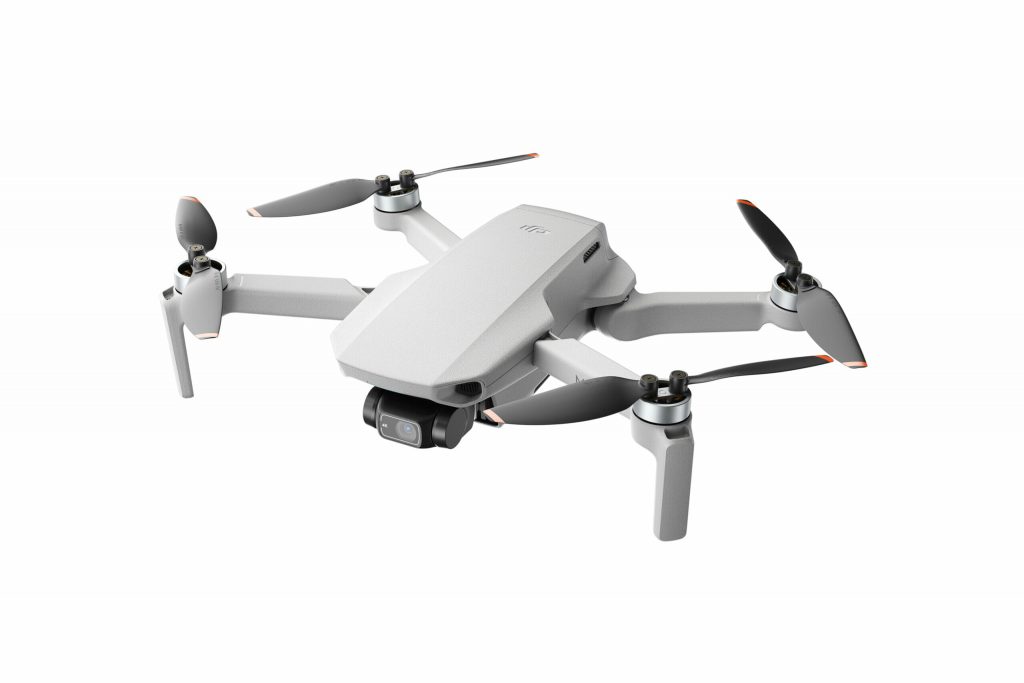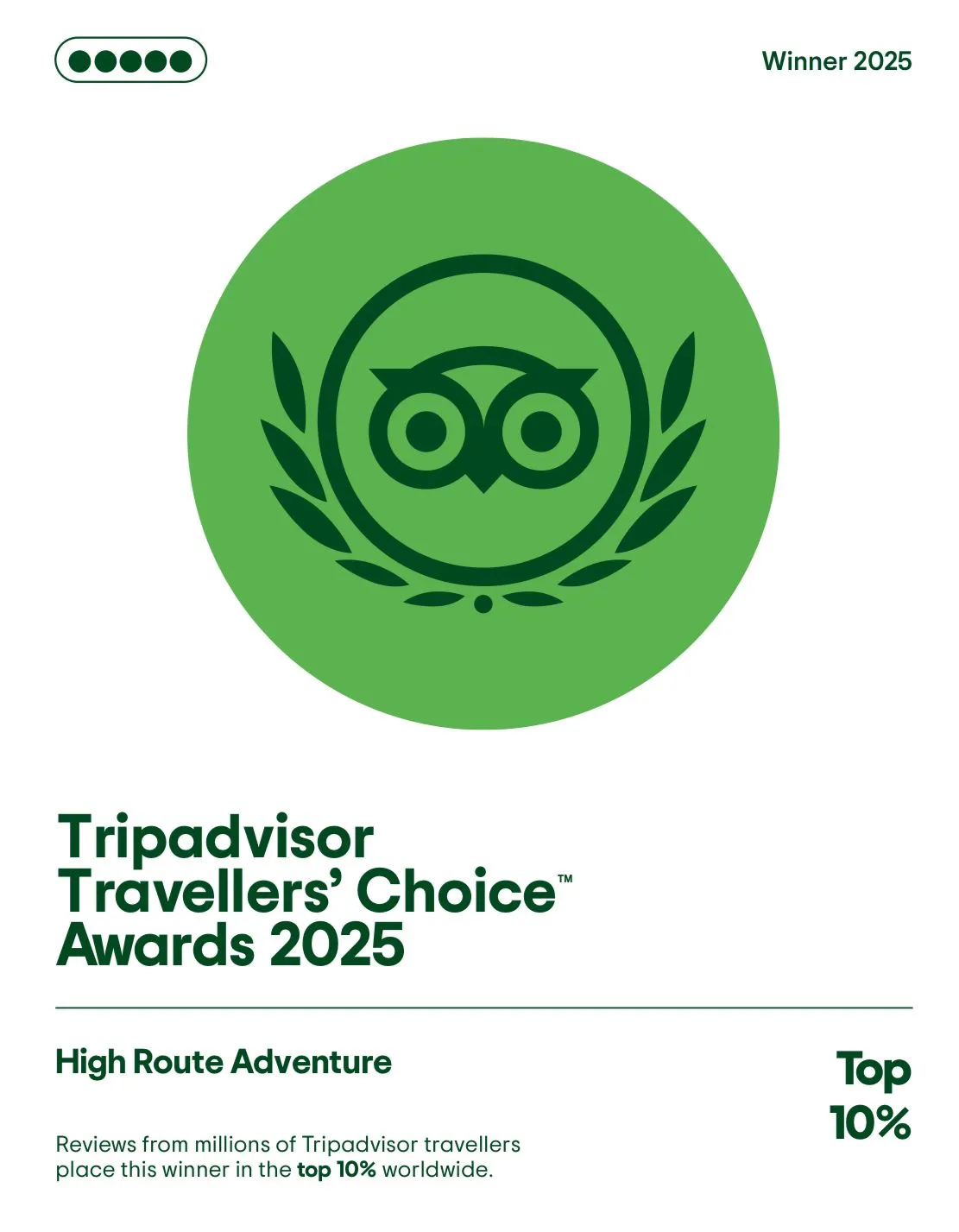Getting a Drone Permit in Nepal: A Complete Guide

Drones have transformed the way we capture stunning visuals, and their appeal is undeniable. With its breathtaking landscapes and rich cultural heritage, Nepal is an enticing destination for drone photography and videography enthusiasts.
Yet, before soaring the skies with your drone, it’s essential to understand and comply with Nepal’s regulations. Getting a drone permit in Nepal is not only a legal requirement but also crucial for preserving safety and respecting local norms.
Explore this complete guide to getting a drone permit in Nepal. By following these guidelines, you can enjoy the advantages of drone technology while being a responsible and considerate traveler in Nepal.
Table of Contents
Overview of Drone Regulations in Nepal

In Nepal, drone operation requires compliance with specific regulations and obtaining the necessary permits. These regulations are in place to ensure safety, protect cultural heritage sites and respect the privacy of individuals. Understanding and adhering to these guidelines is crucial for a responsible and hassle-free drone experience in Nepal.
Drone Registrations and Drone Permits in Nepal
In Nepal, drone operations require registrations and permits to ensure compliance with regulations and maintain safety standards. Let’s take a closer look at the process of drone registrations and permits in Nepal.
Drone Registration:
- All drone owners must register their drones with the Civil Aviation Authority of Nepal (CAAN).
- The registration process involves providing necessary information about the drone, such as its make, model, weight, serial number, and owner’s details.
- Ownership proof, such as purchase receipts or invoices, may be required during registration.
- Once registered, a unique identification number is assigned to the drone, which must be displayed visibly on the aircraft.
Drone Permits:
- In addition to drone registrations, obtaining a drone permit is mandatory for operating drones in Nepal.
- The CAAN issues the permit and specifies the conditions and restrictions for drone operations.
- To apply for a drone permit, applicants must submit an application to the CAAN, including details such as the purpose of drone usage, flight plans, and proof of insurance coverage.
- The CAAN reviews the application and, upon approval, issues the permit with specific flight restrictions and validity periods.
It is essential to complete both the drone registration and permit processes before flying a drone in Nepal. Failure to comply with these requirements leads to penalties, fines, or confiscation of the drone. By registering drones and obtaining permits, drone operators contribute to the overall safety and responsible use of drones in Nepal.
Classification of Drones
Drones can be classified based on weight and purpose. According to their purpose, they are mainly categorized as recreational and commercial drones.
Recreational Drones
Recreational drones are typically used for personal enjoyment, photography, or hobbies. In Nepal, recreational drones are classified based on weight, such as drones weighing below 2 kilograms and those weighing above 2 kilograms. Specific regulations and requirements, including registration and obtaining a permit, may vary based on the weight classification.
Commercial Drones
Commercial drones are used for professional purposes, including aerial photography, videography, surveying, or delivery services. In Nepal, commercial drones are subject to more stringent regulations and requirements than recreational drones. Commercial drone operators are typically required to obtain special permits and licenses and follow specific operational guidelines.
Likewise, according to their weight, the drones have four categories:
Category A (Very Low Risk)
Drones weighing less than 250gm fall into this category. They are considered to pose minimal risk.
Category B (Low Risk)
Drones weighing between 250gm and 2kg are classified as low risk. Under certain conditions, drones in this category can be flown without a permit from the Civil Aviation Authority of Nepal (CAAN) if operated on private property and kept below 200 feet. However, they still require permission from the Department of Tourism, the Ministry of Home Affairs, and the Department of National Parks and Wildlife Conservation.
Category C (Regulated Low Risk)
Drones weighing between 2kg and 25kg fall into this category. These drones are subject to specific regulations and requirements to ensure safe and responsible operation.
Category D (Regulated High Risk)
Drones weighing more than 25kg are classified as high-risk. They require additional regulations and safety measures to mitigate potential hazards.
Note: It’s important to note that drones with a 2.4 megahertz or greater bandwidth require operation clearance from the Information and Communications Ministry. This requirement ensures that the drone’s radio frequency does not interfere with other communication systems.
Understanding Drone Permit Process
Obtaining a drone permit in Nepal is crucial to ensure compliance with regulations and legally operating a drone. The process involves several steps, paperwork, and fees. Here is a step-by-step guide to help you understand the permit process:
1. Gather the Required Documents
- Gather documentation, such as purchase receipts or invoices, to prove drone ownership.
- Prepare valid identification documents, such as a passport or national identity card, as required for the application process.
- Obtain proof of insurance coverage for your drone. This is often a mandatory requirement for the permit application.
2. Complete the Application Form
- Obtain the official drone permit application form from the Civil Aviation Authority of Nepal (CAAN) website or their designated offices.
- Fill out the form accurately, providing all the necessary details, including personal information, drone specifications (make, model, weight), the intended purpose of drone usage, and flight plans.
- Double-check the information provided to ensure accuracy and completeness. Inaccurate or incomplete applications may result in delays or rejection.
3. Attach Supporting Documents
- Attach the required supporting documents, including proof of drone ownership, identification documents, and insurance coverage.
- Ensure that all documents are clear, readable, and valid.
4. Submit the Application
- Submit the completed application form and supporting documents to the designated office of the CAAN.
- Pay the application fee, which may vary and is subject to change. Ensure that you have the correct fee amount available.
5. Application Review and Approval
- The CAAN will review your application, including the documentation provided.
- The review process may take some time, so submitting your application well before your planned drone operations is essential.
6. Issuance of Drone Permit
- If your application is approved, the CAAN will issue a drone permit specifying the conditions and restrictions for drone operations.
- The permit will have a validity period, and adhering to the specified guidelines during the permitted timeframe is essential.
Note: Submitting accurate and complete documentation during the permit application process is crucial. Any discrepancies or false information may delay or reject your application. By following the proper procedures and providing the required documentation, you can ensure a smooth and legal drone operation experience in Nepal.
Restricted Areas for Flying a Drone in Nepal
Flying a drone in some regions of Nepal is strictly prohibited to ensure safety, protect cultural heritage sites, and respect privacy. Knowing these restricted areas and complying with the regulations is essential to avoid penalties and legal issues. Here are some of the key restricted areas for drone flights in Nepal:
Airports and Air Routes
- Drones cannot be flown along established air routes within a five-kilometer radius around airports.
- This restriction is in place to ensure aviation safety and prevent any interference with crewed aircraft operations.
International Borders
- Drone operations are prohibited within a horizontal distance of up to five kilometers along the international border.
- This restriction aims to maintain border security and prevent unauthorized surveillance or activities.
Cultural Heritage Sites
- Famous cultural heritage sites in Nepal, including the Durbar squares of Kathmandu, Patan, and Bhaktapur, have strict no-fly zones for drones.
- Other significant world heritage sites like Swayambhunath, Pashupatinath, and Boudhanath also fall within the restricted areas for drone flights.
- These restrictions are in place to safeguard these sites’ historical and cultural significance and prevent any potential damage or disturbance.
Residences of Highly Authoritative Individuals
- Flying drones around the residences of highly authoritative individuals, such as the President, Vice President, and Prime Minister, is strictly prohibited.
- This restriction aims to ensure privacy, security, and the smooth functioning of official activities.
Military Installations and Restricted Zones
- Drones are banned from flying around specific military installations and restricted zones, including the office of the Nepal Army, Maitighar Mandala, and the scared Budhanilkanth temple.
- These restrictions are in place to protect national security and avoid any potential risks or disruptions.
Additional Requirements for Foreign Travelers
Foreign travelers interested in obtaining a drone permit in Nepal should be aware of certain specific requirements and considerations. These may include visa-related requirements and additional documentation. Here is a guide to help navigate these requirements and ensure a smooth application process:
Valid Visa
- Foreign travelers must possess a valid visa to enter Nepal.
- Ensure that your visa permits drone operations or is compatible with the purpose of your drone usage. Please check with the Embassy or Consulate of Nepal in your home country for any specific visa-related requirements.
Identification Documents
- Foreign travelers should always carry their valid passport, the primary identification document.
- Ensure your passport is valid for your stay in Nepal. It must have sufficient blank pages for visa endorsements and immigration stamps.
Local Contact Information
- When filling out the drone permit application form, provide accurate contact information, including your local address and contact number in Nepal.
- If you are staying at a hotel, include the hotel’s contact details.
Permission from Local Authorities
- Depending on the specific location or area where you plan to operate the drone, you may be required to seek additional permission from the local authorities.
- It is advisable to consult with the local government or relevant authorities in the region to ensure compliance with local regulations or requirements.
Language Considerations
- English is commonly spoken and understood in Nepal, especially in official and tourist areas.
- Basic knowledge of the local language can be beneficial for smoother communication.
- Carry a translation tool or dictionary to facilitate communication during the permit application process.
Hiring a Local Guide
- Hire a local guide familiar with Nepal’s drone regulations and permit process.
- Benefit from their assistance in navigating language barriers.
- Gain insights into local requirements through their expertise.
- Ensure a smooth and hassle-free application process with their help.
Safety Guidelines and Best Practices
Following these guidelines ensures safety, respects privacy, and promotes responsible drone flying practices.
- Conduct thorough pre-flight checks on your drone.
- Please familiarize yourself with local drone regulations and adhere to them.
- Always keep your drone within sight to ensure visual control and safe flying.
- Avoid flying in low visibility conditions.
- Respect privacy and avoid flying over private properties or sensitive areas.
- Be mindful of wildlife and the environment; avoid disturbing them.
- Have a plan for emergencies and know the emergency procedures for your drone.
Cultural Sensitivity and Environmental Considerations for Drone Flying in Nepal
When flying a drone in Nepal, embracing cultural sensitivity and environmental consciousness is crucial. Here are some critical points to consider:
Cultural Sensitivity
Respect Local Customs: Familiarize yourself with the local customs, traditions, and religious practices of the areas where you plan to fly your drone. Be mindful of cultural sensitivities and avoid actions that may offend or disrespect local communities.
Seek Permission: If you intend to capture images or videos involving individuals or cultural events, seek permission from the relevant authorities or individuals beforehand. Please respect their privacy and ensure their consent.
Environmental Concerns
Protect Natural Sites: Nepal is renowned for its breathtaking natural landscapes. When flying a drone, minimize your impact on the environment. Avoid disturbing wildlife, nesting areas, or sensitive ecosystems. Adhere to any specific guidelines or restrictions in protected areas.
Leave No Trace: Ensure that your presence as a drone operator does not leave any physical or environmental trace. Dispose of any waste responsibly and leave the surroundings as you found them.
Noise Considerations: Be aware of the noise generated by your drone. Excessive noise can disrupt tranquility and disturb local communities in serene and culturally significant locations. Fly your drone in a considerate manner, minimizing noise pollution.
Fly Responsibly: Operate your drone within the designated flight areas and altitude limits. Avoid flying over cultural heritage sites, private properties, or restricted zones unless specifically permitted.
Consequences of Operating Without a Drone Permit in Nepal
Operating a drone without a permit in Nepal can lead to several consequences.
Legal Implications and Penalties
Operating without a drone permit violates the drone regulations the Civil Aviation Authority of Nepal (CAAN) sets. This can result in legal implications, including fines or other penalties. The exact penalties may differ on the severity of the violation and the authorities’ discretion.
Confiscation or Seizure of Unauthorized Drones
Authorities in Nepal have the power to seize unauthorized drones. If you are caught flying a drone without a permit, there is a possibility that your drone may be confiscated. This can result in the loss of your equipment and potentially cause financial setbacks.
Impact on Future Drone Operations in Nepal
Operating without a drone permit can have long-term consequences on future drone operations in Nepal. Repeated violations or non-compliance can tarnish your reputation with local authorities and create more challenges to obtaining permits in the future. It may also negatively impact the country’s overall perception of drone enthusiasts.
Conclusion
In conclusion, getting a drone permit in Nepal is crucial for responsibly enjoying drone photography/videography. Travelers can capture stunning aerial footage by obtaining a permit while respecting the country’s cultural and environmental sensitivities. Remember to fly your drone responsibly, follow safety guidelines, and appreciate and preserve Nepal’s natural and cultural heritage. Let’s ensure that our drone adventures contribute positively to the beauty of this remarkable destination.
Additional Resources and References
For readers seeking further information and official guidelines regarding drone regulations, restricted areas, and specific requirements for foreign travelers in Nepal, the following resources and references can be helpful:
Civil Aviation Authority of Nepal (CAAN):
- Official Website: https://caanepal.gov.np/
- The CAAN website provides comprehensive information on drone regulations, permit application procedures, and restricted areas in Nepal. It is a valuable resource for understanding the country’s legal requirements and drone operation guidelines.
Ministry of Home Affairs, Nepal:
- Official Website: http://www.moha.gov.np/
- The Ministry of Home Affairs website contains information on restricted areas and specific regulations related to drone operations in Nepal. It offers insights into the rules for flying drones near government buildings, residences of authoritative individuals, and other restricted zones.
Embassy or Consulate of Nepal:
If you are a foreign traveler, contacting the embassy or consulate of Nepal in your home country can provide you with specific information and requirements related to drone operations for international visitors. They can guide you on the necessary permits and procedures before traveling to Nepal with your drone.
Note: The provided resources and references are subject to change. So, you need to visit the official websites or contact relevant authorities for the most up-to-date and accurate information regarding drone regulations and requirements in Nepal.
Posted on








